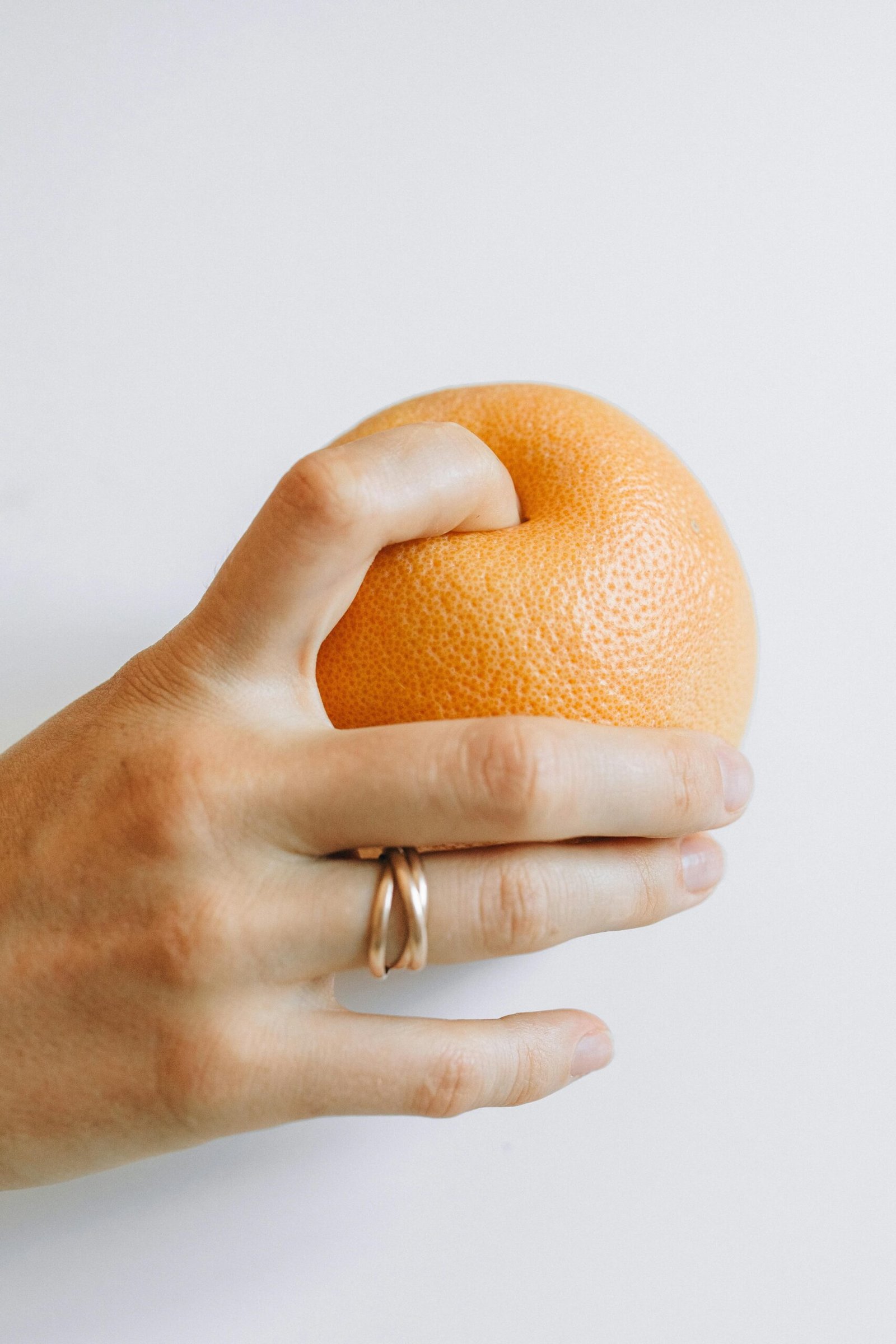Silicone products have become essential in various industries due to their unique properties and versatility. From kitchen utensils and medical devices to automotive components and personal care items, silicone offers numerous benefits that make it indispensable. This comprehensive guide delves into the diverse applications, advantages, and environmental considerations of silicone products, providing valuable insights for consumers and industry professionals alike.
Understanding Silicone: Composition and Properties
Silicone, also known as polysiloxane, is a synthetic polymer made up of silicon, oxygen, carbon, and hydrogen. Its unique molecular structure imparts a range of beneficial properties, including:
- Thermal Stability: Silicone can endure extreme temperatures, from freezing conditions to high heat, without losing its integrity.
- Chemical Resistance: It is resistant to water, oils, and many chemicals, making it suitable for various environments.
- Flexibility and Elasticity: Silicone is both flexible and elastic, allowing it to be molded into different shapes and forms.
- Durability: Known for its long-lasting performance, silicone products do not degrade easily.
- Biocompatibility: Silicone is non-reactive and safe for medical and food applications.
Categories of Silicone Products
Silicone products can be broadly categorized based on their applications. The main categories include:
- Silicone Kitchenware
- Silicone Medical Devices
- Silicone Industrial Components
- Silicone Personal Care Products
- Silicone Electronics and Accessories
1. Silicone Kitchenware
Silicone kitchenware is highly valued for its safety, ease of use, and durability. Common silicone kitchen items include:
- Baking Mats and Sheets: Provide a non-stick surface for baking, making it easier to remove baked goods and clean up afterward. They are reusable and eco-friendly compared to parchment paper.
- Cooking Utensils: Spatulas, whisks, and tongs made from silicone can withstand high temperatures without melting or degrading. They are gentle on non-stick cookware, preventing scratches.
- Molds and Trays: Flexible silicone molds for cakes, muffins, and other baked goods allow for intricate designs and easy removal of baked items.
- Storage Solutions: Silicone food storage bags and lids offer a durable, reusable alternative to single-use plastics. They are flexible, durable, and often airtight, keeping food fresh longer.
2. Silicone Medical Devices
Silicone’s biocompatibility and stability make it invaluable in the medical field. Common silicone medical products include:
- Implants: Used in various implants, such as breast implants and prosthetic devices, because it is non-reactive and durable, reducing the risk of adverse reactions in the body.
- Tubing and Catheters: Essential in many medical applications due to their flexibility, non-toxicity, and resistance to bacterial growth. Used in procedures ranging from intravenous therapy to surgical drains.
- Respiratory Equipment: Silicone masks and other respiratory devices provide a comfortable and secure fit, making them ideal for long-term use in patients requiring respiratory support.
3. Silicone Industrial Components
Silicone’s resistance to extreme temperatures and chemicals makes it valuable in industrial applications. Key silicone industrial components include:
- Seals and Gaskets: These create airtight and watertight seals in machinery, ensuring proper function and longevity. They are crucial in industries such as automotive, aerospace, and manufacturing.
- O-rings: Used to prevent leaks and maintain pressure in various mechanical systems. These are found in applications ranging from hydraulic systems to consumer electronics.
- Adhesives and Sealants: Used in construction and automotive industries for their strong bonding, flexibility, and resistance to environmental factors such as UV radiation and moisture.
4. Silicone Personal Care Products
Silicone’s gentle properties have led to its use in a wide range of personal care items. Examples include:
- Menstrual Cups: These are eco-friendly alternatives to traditional feminine hygiene products made from medical-grade silicone, offering a safe and sustainable option for menstruation management.
- Baby Products: Safe and durable silicone teething rings and bottle nipples are popular choices for parents. They are easy to clean and can withstand repeated sterilization.
- Beauty Tools: Silicone makeup brushes, facial cleansing brushes, and hair care tools are gentle on the skin and hair, making them suitable for sensitive skin. They are also easy to clean and maintain, reducing the risk of bacterial contamination.
5. Silicone Electronics and Accessories
Silicone is extensively used in the electronics industry, providing protection and enhancing performance:
- Protective Cases: Silicone cases for smartphones, tablets, and other electronic devices offer excellent shock absorption and protection from drops and impacts.
- Keyboard Covers: These protect keyboards from dust, spills, and wear, extending the life of the device.
- Cable Management: Silicone cable ties and organizers help keep electronic cords and cables tidy and secure, preventing damage and improving aesthetics.
Benefits of Silicone Products
Silicone products offer numerous benefits, making them a preferred choice in various applications. Key benefits include:
- Durability: Long-lasting and resistant to wear and tear, reducing the need for frequent replacements.
- Heat and Cold Resistance: Withstand extreme temperatures without degrading, making them suitable for cooking, medical procedures, and industrial processes.
- Non-Toxicity: Non-reactive and safe for use in food and medical applications. Does not leach harmful chemicals, ensuring user safety.
- Flexibility: Flexible nature allows for easy molding into various shapes and forms, adaptable to different applications.
- Chemical Resistance: Resistant to water, oils, and many chemicals, enhancing durability in various environments.
Environmental Impact of Silicone Products
While silicone products offer many advantages, it is essential to consider their environmental impact throughout their lifecycle. This includes the production, use, and disposal of silicone products.
Production and Energy Use
The production of silicone involves energy-intensive processes, which can contribute to greenhouse gas emissions. However, the long lifespan of silicone products means they do not need to be replaced as frequently as plastic products, potentially offsetting the initial environmental cost of production.
Reusability and Durability
One of the significant environmental benefits of silicone products is their durability. Silicone items can be used repeatedly without degrading, reducing the need for single-use products. This reusability can lead to less waste and a lower overall environmental impact compared to disposable plastics.
Recycling
Silicone is recyclable, but it requires specialized recycling processes. Unlike plastics, silicone cannot be recycled through standard municipal recycling programs. Instead, it needs to be processed at facilities equipped to handle silicone. This specialized recycling can be a barrier to the widespread recycling of silicone products, but initiatives are underway to improve silicone recycling infrastructure.
Choosing Quality Silicone Products
To ensure you are purchasing high-quality silicone products, consider the following factors:
- Material Grade: Opt for food-grade or medical-grade silicone, especially for products that come into contact with food or the human body.
- Certifications: Look for products that have certifications such as FDA approval, which guarantees that the product meets safety and quality standards.
- Reputation: Purchase from reputable brands and manufacturers known for producing reliable silicone products.
- Customer Reviews: Read reviews and ratings from other customers to gauge the product’s performance and reliability.
Innovations in Silicone Technology
Continuous advancements in silicone technology are expanding its applications and improving its properties. Some notable innovations include:
- High-Performance Coatings: New coatings enhance the durability and functionality of silicone products, making them suitable for more demanding applications.
- Biodegradable Silicone: Research is ongoing to develop silicone materials that are biodegradable, further reducing their environmental impact.
- Enhanced Flexibility and Strength: Improved formulations provide better performance in applications requiring high flexibility and strength.
Case Studies: Applications of Silicone Products
To better understand the impact and versatility of silicone products, let’s explore some case studies across different industries.
Case Study 1: Silicone in the Food Industry
In the food industry, silicone products have revolutionized food preparation and storage. Silicone baking mats and sheets, for example, provide a reusable, non-stick surface that makes baking easier and reduces waste. Unlike parchment paper, which is often used once and discarded, silicone baking mats can be used hundreds of times, significantly reducing waste and cost.
Silicone storage solutions, such as reusable food storage bags and lids, offer a durable alternative to single-use plastic bags and cling film. These silicone products are flexible, easy to clean, and help keep food fresh for longer periods, reducing food waste.
Case Study 2: Silicone in Healthcare
The healthcare sector relies heavily on silicone for various medical devices and equipment. Silicone catheters and tubing are widely used in various medical procedures due to their flexibility, non-toxicity, and resistance to bacterial growth. These properties make them safe for long-term use inside the human body.
Additionally, silicone is used in the manufacturing of implants, such as breast implants and artificial joints, where its durability and non-reactive nature ensure longevity and patient safety. Silicone is also employed in respiratory equipment, such as masks and tubes for CPAP machines used in sleep apnea treatment, providing a comfortable and effective solution for patients.
Case Study 3: Silicone in Automotive Industry
In the automotive industry, silicone components are essential for ensuring vehicle performance and safety. Silicone gaskets, for instance, are used in engine compartments to create airtight seals that prevent oil and coolant leaks. These gaskets must withstand high temperatures and exposure to automotive fluids, making silicone the ideal material.
Silicone hoses are another critical application in the automotive sector. These hoses are used in cooling systems, turbochargers, and other high-temperature applications where traditional rubber hoses would fail. Silicone’s heat resistance and durability ensure that these components perform reliably over the vehicle’s lifespan.
Case Study 4: Silicone in Consumer Electronics
Silicone has become an integral part of the consumer electronics industry, enhancing the durability and functionality of various devices. Silicone cases for smartphones and tablets, for example, offer excellent shock absorption, protecting devices from drops and impacts. The flexibility of silicone makes it easy to install and remove these cases without damaging the device.
Additionally, silicone is used in keyboard covers and seals for electronic devices, providing protection against dust, water, and spills. These covers not only extend the lifespan of the devices but also enhance their usability in various environments.
Future of Silicone Products
The future of silicone products looks promising, with ongoing research and development aimed at improving their properties and expanding their applications. Some trends to watch for include:
- Sustainable Manufacturing: Innovations in manufacturing processes aim to reduce the environmental impact of silicone production. This includes developing energy-efficient production methods and sourcing raw materials more sustainably.
- Advanced Medical Applications: New medical applications for silicone are constantly being explored, including its use in drug delivery systems and advanced prosthetics. These innovations could lead to more effective and less invasive treatments for various medical conditions.
- Smart Silicone Materials: Research into smart materials is leading to the development of silicone products with enhanced functionality. These materials could respond to environmental changes, such as temperature or pressure, providing new possibilities for their use in technology and healthcare.
Conclusion
Silicone products have become indispensable in various industries due to their unique properties and versatility. From kitchenware to medical devices, and from industrial components to personal care items, silicone offers numerous benefits, including durability, heat resistance, and chemical inertness. By understanding the different types, benefits, and environmental considerations of silicone products, consumers can make informed decisions that enhance their daily lives and contribute to sustainability.
As silicone technology continues to evolve, we can expect to see even more innovative applications and environmentally friendly solutions. By choosing high-quality silicone products and maintaining them properly, we can maximize their benefits and minimize their environmental impact, ensuring a more sustainable future.








